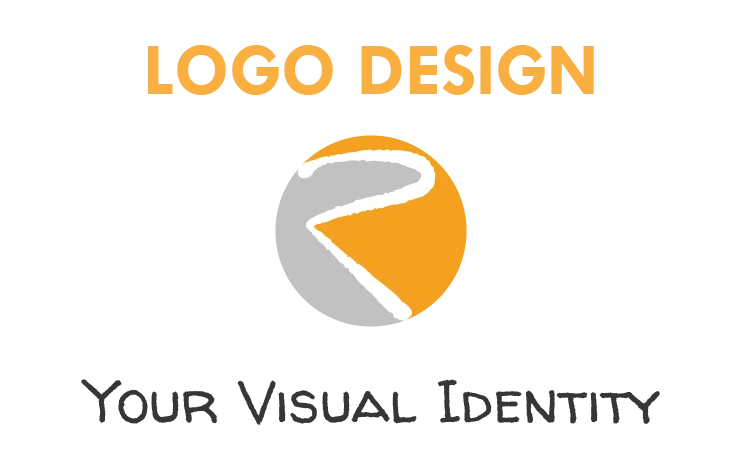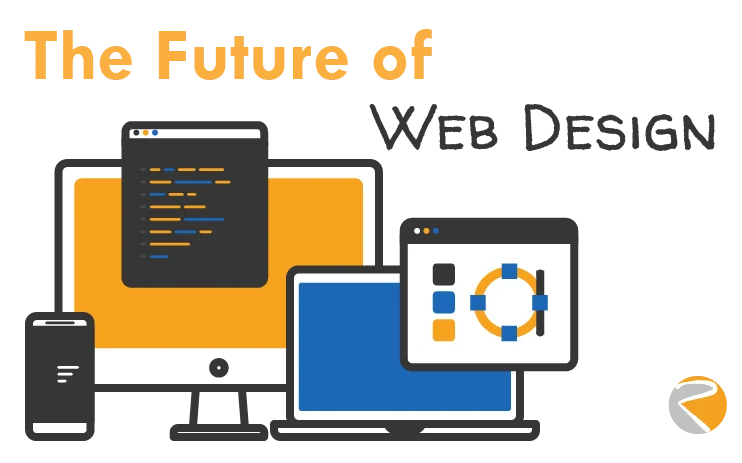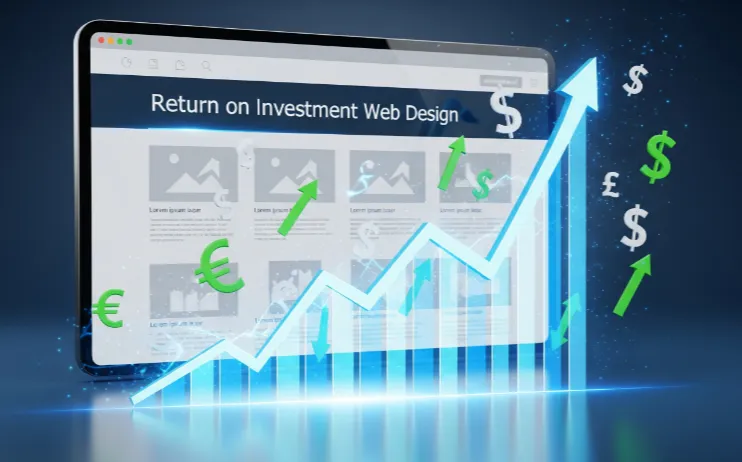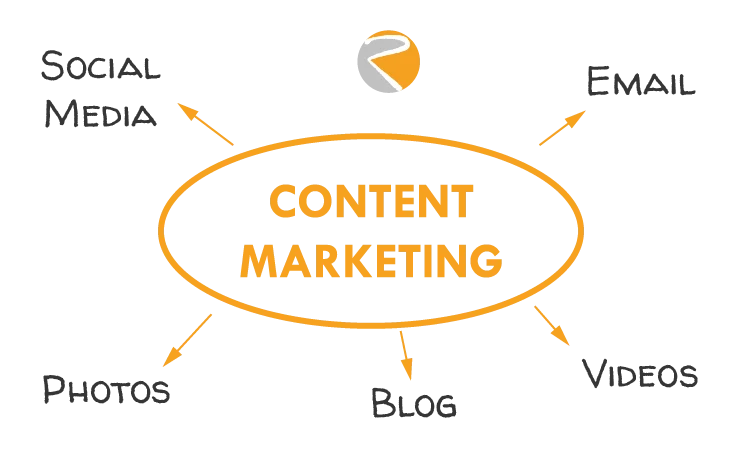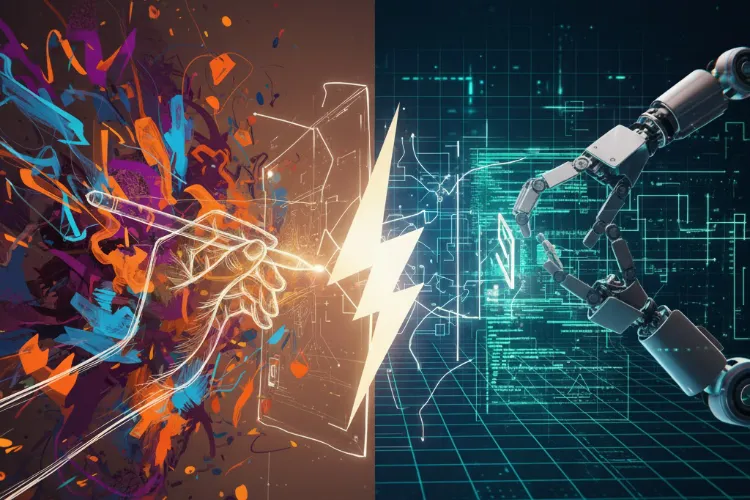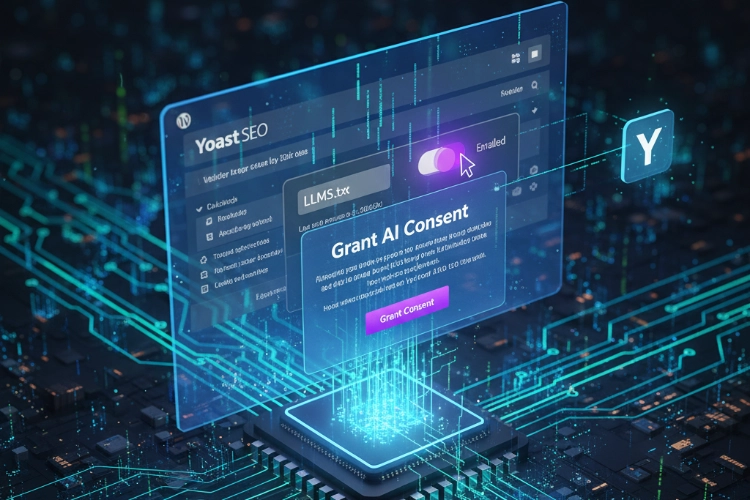Your logo design is more than just a pretty picture; it’s the visual cornerstone of your brand identity. It’s the first thing people see, and it plays a crucial role in shaping their perception of your business. A well-designed logo is memorable, impactful, and timeless. This guide will walk you through the key elements of effective logo design.
Why is Logo Design So Important?
Your logo is the face of your brand. It’s the visual representation of your company’s values, mission, and personality. A strong logo can:
- Build Brand Recognition: A memorable logo makes your brand instantly recognizable, helping you stand out from the competition.
- Create a Lasting Impression: Your logo is often the first interaction people have with your brand. A well-designed logo creates a positive first impression and sets the tone for future interactions.
- Communicate Your Brand Message: Your logo can communicate your brand’s message and values in a visual way. It can convey professionalism, creativity, innovation, or any other brand attribute you want to project.
- Foster Brand Loyalty: A strong logo can help build brand loyalty by creating a visual connection with your customers.
The Logo Design Process
Creating an effective logo is a strategic process that involves several key steps:
- Brand Research: Before you start designing, it’s essential to understand your brand inside and out. What are your values, your mission, and your target audience? What makes your brand unique?
- Competitive Analysis: Research your competitors’ logos. What are their strengths and weaknesses? How can you differentiate your logo and make it stand out?
- Conceptualization: Brainstorm and sketch different logo concepts. Explore various styles, shapes, and symbols that represent your brand.
- Design Development: Refine your chosen concepts and create digital versions of your logo. Experiment with different fonts, colors, and layouts.
- Feedback and Revisions: Get feedback on your logo designs from colleagues, clients, and potential customers. Make revisions based on the feedback you receive.
- Finalization and Delivery: Once you’re happy with your logo, finalize the design and create different file formats for various uses (e.g., website, print, social media).
Key Elements of Effective Logo Design
- Simplicity: A simple logo is more memorable and easier to reproduce. Avoid overly complex designs that are difficult to recognize.
- Memorability: Your logo should be easy to remember and recall. Aim for a design that is distinctive and unique.
- Timelessness: Avoid trendy designs that will quickly look dated. A good logo should stand the test of time.
- Versatility: Your logo should look good in different sizes and formats, from a small favicon to a large banner.
- Relevance: Your logo should be relevant to your brand and your target audience. It should communicate your brand’s message and values.
Logo Design Trends
While it’s important to create a timeless logo, it’s also helpful to be aware of current logo design trends. However, don’t blindly follow trends; make sure your logo is still relevant to your brand and your target audience.
What’s Next?
Creating a great logo takes time, effort, and expertise. If you’re not sure where to start, consider hiring a professional logo designer. They can help you create a logo that is both visually appealing and strategically effective. What are your thoughts on logo design? Share your questions and insights in the comments below! At Rudtek, we specialize in creating impactful logos that help businesses thrive. Contact us today to learn more about our logo design services!

